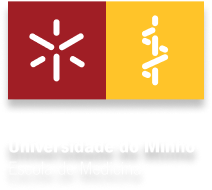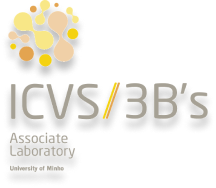
LIHEME: Unraveling Lipid-dependent Mechanisms in Heme Detoxification
This project aims to unravel the molecular mechanisms behind hemozoin formation in Plasmodium falciparum, a vital process for parasite survival and a key target of antimalarial drugs. Focusing on the role of lipids and their involvement in heme detoxification, we use genetically engineered parasite lines, advanced imaging, and drug susceptibility assays to investigate how disruptions in lipid dynamics affect parasite growth and drug response. Combining expertise in parasitology, molecular biology, and drug resistance, this international collaboration seeks to identify novel targets for antimalarial therapy, contributing to global efforts to improve treatment strategies and overcome drug resistance.
Funding Agency
ESCMID – European Society of Clinical Microbiology and Infectious Diseases
Funding Agency
ESCMID – European Society of Clinical Microbiology and Infectious Diseases
Project Reference
19298 ESCMID_2025
Project Members


Nuno S. Osório

Vitória da Cunha Baptista

Beatriz Velosa da Fonseca

Bruno José Ferreira Freitas

Ruth Victoria Esho
Main Project Outcomes
S. Queirós, “Right ventricular segmentation in multi-view cardiac MRI using a unified U-net model”, in E. Puyol Antón et al. (eds) Statistical Atlases and Computational Models of the Heart. Multi-Disease, Multi-View, and Multi-Center Right Ventricular Segmentation in Cardiac MRI Challenge. STACOM 2021. Lecture Notes in Computer Science, vol 13131, pp. 287-295, Springer, Cham, 2022.
“Best Paper Award in the M&Ms-2 Challenge”, by M&Ms2 Challenge organizers and the Medical Image Computing and Computer Assisted Intervention (MICCAI) Society.



Contact us
Phone: +351 253 604 967
Fax: +351 253 604 809
Email: icvs.sec@med.uminho.pt
Address
Life and Health Sciences
Research Institute (ICVS)
School of Medicine,
University of Minho,
Campus de Gualtar
4710-057 Braga
Portugal

Copyright ©2025 ICVS. All Rights Reserved. Developed by TCIT



Copyright ©2025 ICVS. All Rights Reserved. Developed by TCIT
Address
Life and Health Sciences
Research Institute (ICVS)
School of Medicine,
University of Minho,
Campus de Gualtar
4710-057 Braga
Portugal



Copyright ©2025 ICVS. All Rights Reserved
Address
Life and Health Sciences
Research Institute (ICVS)
School of Medicine,
University of Minho,
Campus de Gualtar
4710-057 Braga
Portugal





